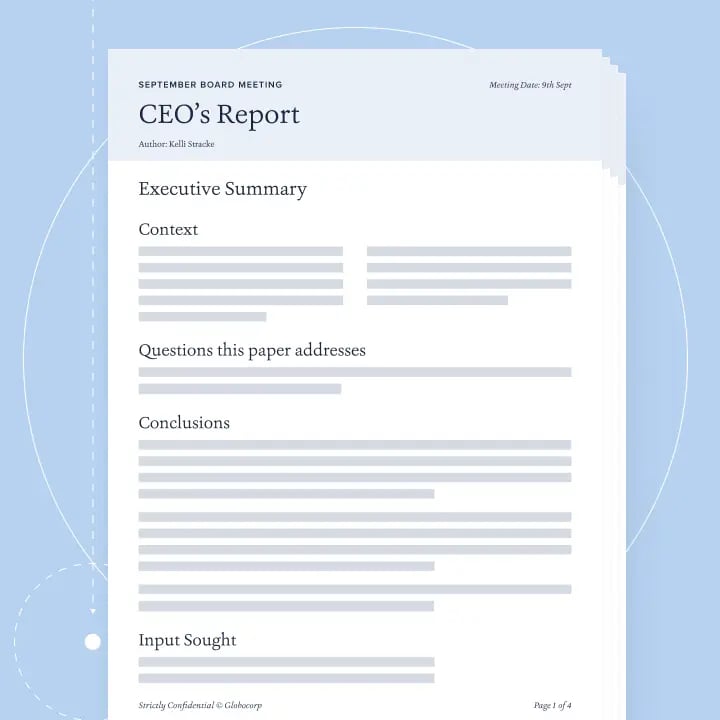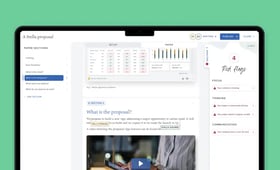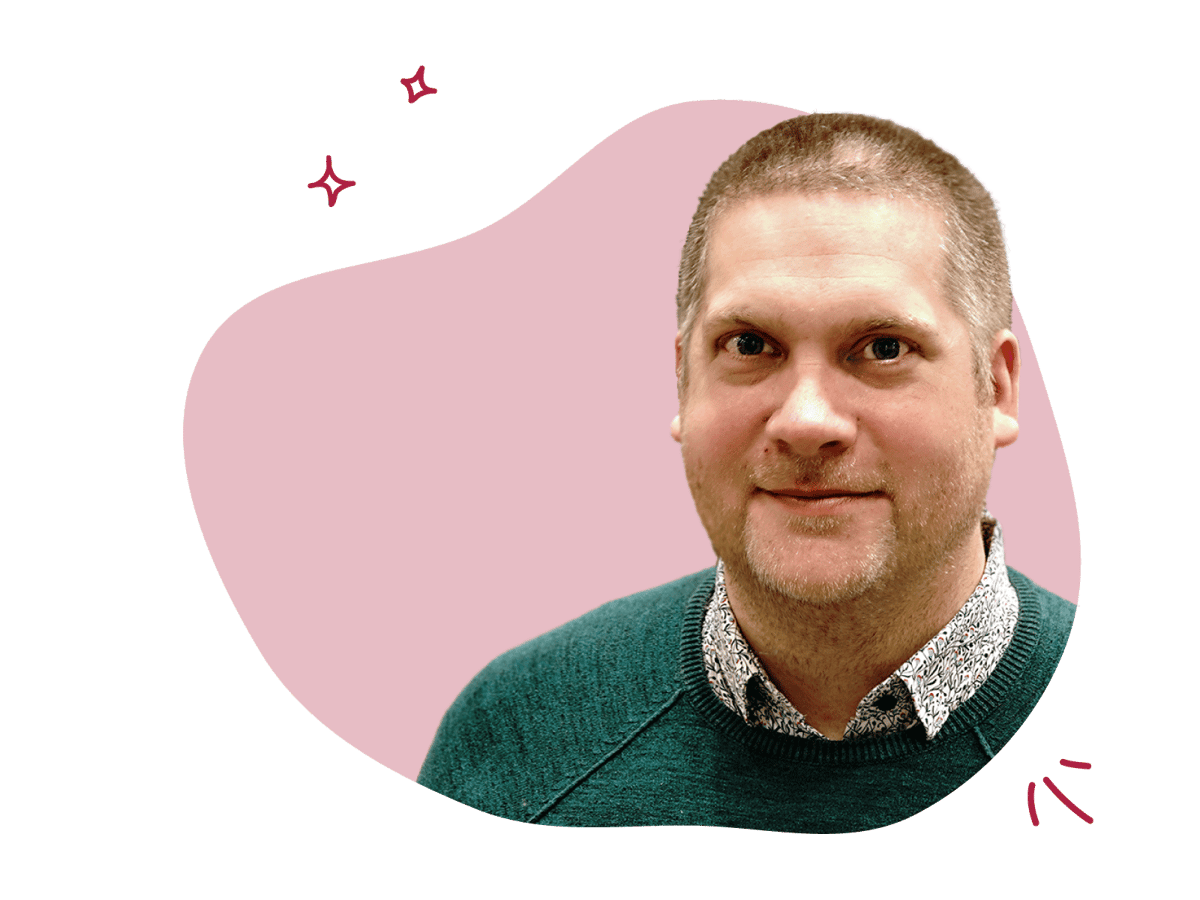What was the challenge?
When I joined Rolls-Royce, there was a culture of silence around LGBTQ+ identities. It was a vicious circle: few people talked about their real lives, which meant many felt they couldn’t talk about being LGBTQ+ so they stayed quiet. Silence encouraged silence.
I had grappled with being open about my identity as a gay man since school. I knew I was gay since I was about 13 but I never really felt comfortable with it. Despite always having good groups of friends, I never felt like I was ever able to fully be myself. You feel deceitful because you’re not being honest with the people closest to you. That impacted my well-being and my academic performance, and that same story continued into my career — I knew I wasn’t achieving my full potential.
“Few people talked about their real lives, which meant many felt they couldn’t talk about being LGBTQ+ so they stayed quiet. Silence encouraged silence.”
Early in my career at Rolls-Royce, I had come out to my family and friends, and had to think seriously about how I was going to handle this in my professional life. I started getting Facebook friend requests from colleagues, where I had photos of me and my partner, and it was stressful. After two or three weeks of not knowing what to do, I thought, “I’m not going to hide,” and accepted the requests. It felt great, but it put me in a strange position of not knowing exactly who at work knew that I was gay.
At that time (the early 2010s), in Rolls-Royce, we didn’t talk about things that might be perceived as being uncomfortable conversations; if you’d have searched “LGBT” on our intranet you wouldn’t have found anything. The sense was that being LGBTQ+ was a personal issue, and something for you to worry about outside of work. But what people didn’t realise is that it affects you in every way, including job performance. If you can’t be who you really are you’re never going to be your best.
What was your strategy for addressing the challenge?
Speak up and gather momentum
Somebody needed to have the courage to stand up and raise a platform. There’s a theory about first followers, and I remember seeing a video about it where a guy does a crazy dance in public all by himself, and everyone stares; but then a second person joins in, and then a third, and before you know it there’s dozens of people dancing. Changing organisational culture around diversity and inclusion is like that: you need someone to act first, then a second will follow, and then you gather momentum.
“Changing organisational culture around diversity and inclusion is like that: you need someone to act first, then a second will follow, and then you gather momentum.”
In 2015, I was approached by a colleague who wanted to launch an LGBTQ+ network — I was the only other LGBTQ+ person he knew of in the company. It wasn’t something I’d ever thought about, and I was still feeling uncertain about how to handle being open about my sexuality at work. But I thought I’d stay curious — to use the Rolls-Royce phrase — and agreed to go along to a meeting. Fast forward a couple of weeks and I’d been voted in as the chair of Prism, our newly launched LGBTQ+ employee network. I’d rarely presented to more than six people in my life, and suddenly I was on stage in front of 180 colleagues introducing myself by saying, “I’m Greg, and I’m gay.” I immediately became the most “out” employee in the company, but I felt the pressure come off of my shoulders. In the seven years since, I’m now happier, healthier, and my career has gone from strength to strength.
When I introduced myself as gay, there was also a collective sigh of relief in the room — relief that someone at work, at a work event, had uttered those words. There was an influx of people coming to us and saying, “We’ve been waiting for this,” or “I didn’t realise I needed this.” There was clearly a demand for it, but the silence had stopped people asking for it.
Spread the news — and not just internally
In 2017, we changed the Rolls-Royce logo on our building in Solihull to rainbow colours. We did this without the permission of our brand team and we did get a slap on the wrist after — but management said, “Tough — this is brilliant. This is what we support.” We have some very traditional values as a company — one being that you don’t touch the Rolls-Royce logo — so getting senior buy-in to tie the brand to the values of inclusion and diversity was a major moment, and one that has now become the norm for us.
Acts like this can draw accusations of “pink-washing”, but there’s no hidden agenda for us. We get asked whether this could cause tension between us and some of our customers. But our stance is: we respect other people’s values and cultures, and we hope that our customers will respect ours as well.
“It’s important that we demonstrate what we believe externally, because we want to attract the best talent to come and work for us.”
It’s important that we demonstrate what we believe externally, because we want to attract the best talent to come and work for us. We’ve been really focusing on improving diversity in our apprenticeship programmes, which can often be seen as very masculine. People think that it’s “get your overalls on, get your hands dirty” and that it’s only something for men, but actually apprenticeships to us are for anyone who has the passion and determination to do it. And they aren’t just about engineering — they cover many elements of business and they’re a fantastic opportunity to have your degree funded and no one should miss out on that simply because of their identity or because they feel they won’t belong.
What impact has this had?
Inclusion is a culture change, and culture change doesn’t happen overnight. You have to be patient, and it can take a while to start seeing the results. But the shift has been clear: being LGBTQ+ has gone from being a secret to something that we not only speak about openly but actually value, celebrate, and embrace.
We were able to break down a lot of myths and misconceptions surrounding diversity and inclusion. For example, there was a real sense among the white men at Rolls-Royce — which make up a large percentage of our demographics — that diversity and inclusion wasn’t about them, or for them. But inclusion is for everybody. An inclusive culture benefits everybody, because if underrepresented groups feel happier and perform better, your team will function better and we’ll all enjoy more success.
In our sector, engineering, there’s a limited talent pool. Fewer people seem to study engineering now, and that group isn’t as diverse as we’d like it to be, particularly around gender. So making sure we stand out as an inclusive workplace is key in attracting diverse talent.
“An inclusive culture benefits everybody, because if underrepresented groups feel happier and perform better, your team will function better and we’ll all enjoy more success.”
How do you sustain change?
To sustain and improve diversity and inclusion, support needs to come from all levels. You need support from the top, to get buy-in. But you need it to come from the bottom up too, because everyone has to get involved. Leadership can’t just say, “We’re changing the culture!” and click their fingers. Their role is to empower everyone else.
Part of this is becoming comfortable with speaking about the topics, not being held back by discomfort or fear of saying the wrong things. To help with this, we created a leadership toolkit for “leading inclusively”. We also launched mandatory annual all-employee inclusion learning, and we’re changing up the focus of that each year — in 2022, it’s all about micro-aggressions.
But the most powerful tool we have is personal stories. I run an interview series where we profile a colleague on our intranet weekly. Everyone thinks their own stories are boring, but we’ve all got something to share. Recently we’ve covered stories such as cancer survival, alopecia, coming out as transgender, and fasting during Ramadan. They go on our intranet homepage, which means thousands of employees worldwide are going to see your story, so it takes a lot of courage.
The data show that they are some of the most-read articles on our intranet every week. Everyone really appreciates the vulnerability it requires, and it’s also had a lovely unintended consequence of creating mini support networks; colleagues reaching out to one another to say, “I went through the same thing, and this is what helped me.”
In the long term, the goal of our diversity and inclusion work is to build a workplace where everybody can genuinely be themselves. That might be to do with your sexuality, gender, or race, but it’s also to do with all the broad aspects of our identities, like whether we feel more comfortable working from home or at the office, or what we feel comfortable wearing — personally, I perform better in jeans and trainers than I do in a suit and tie. We want to inspect every tradition, and ask, “Does it have to be that way?”
“We want to inspect every tradition, and ask, ‘Does it have to be that way?”
Greg Turner-Smart is group Inclusion and diversity lead at Rolls-Royce. Having originally joined the company in an engineering role, he made a career shift after becoming the founding chair of the Prism Employee Resource Group for LGBTQ+ colleagues.

A thinking and writing platform that helps you to write brilliantly clever and beautiful reports that surface breakthrough insights and spur your business to action.
Find out more


